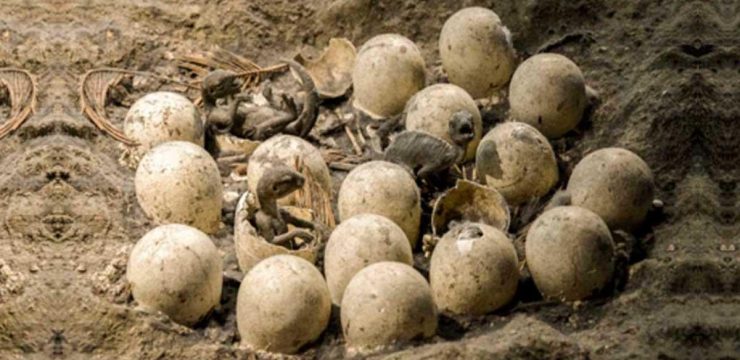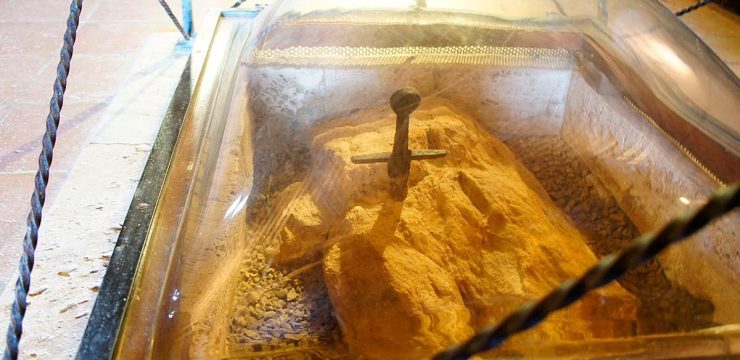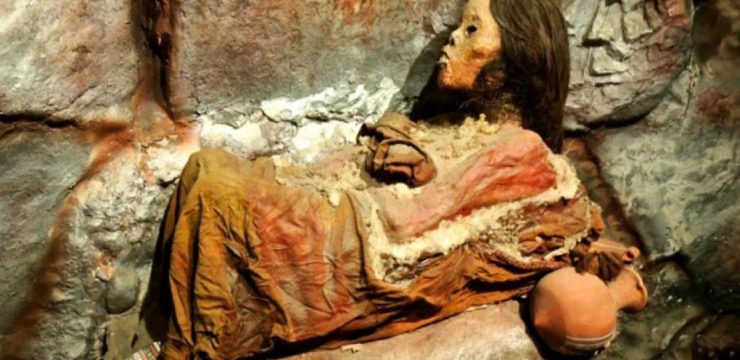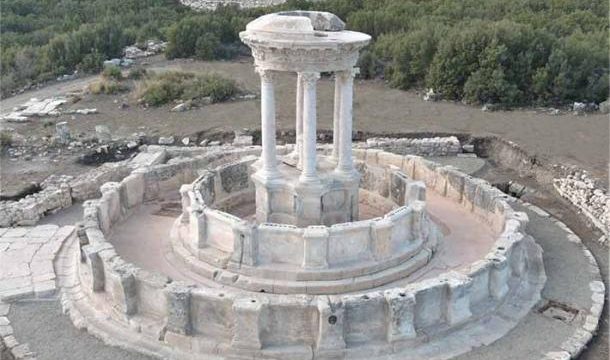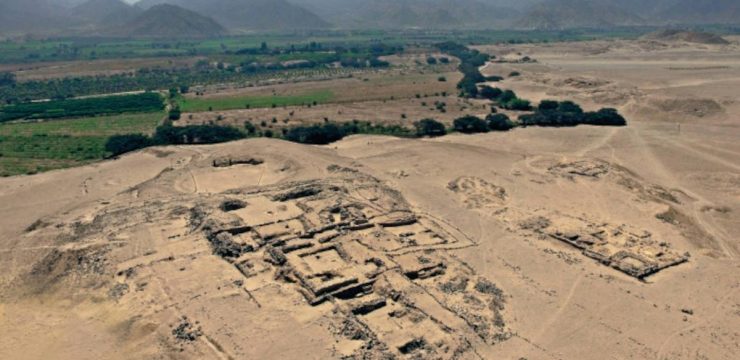In 1863, amid the sunlit beauty of Samothrace—a rugged island in the northern Aegean Sea—French archaeologist Charles Champoiseau unearthed a discovery that would captivate the world and forever shape our understanding of ancient art. Buried for centuries beneath layers of earth and history was the Nike of Samothrace, a marble sculpture so magnificent in its design and symbolism that it continues to awe and inspire generations of admirers. Dating back roughly 2,200 years, this statue stands as one of the most extraordinary masterpieces of Hellenistic sculpture, embodying both technical brilliance and profound artistic expression. Its discovery was not just an archaeological milestone—it was a moment that redefined the boundaries of human artistic achievement.
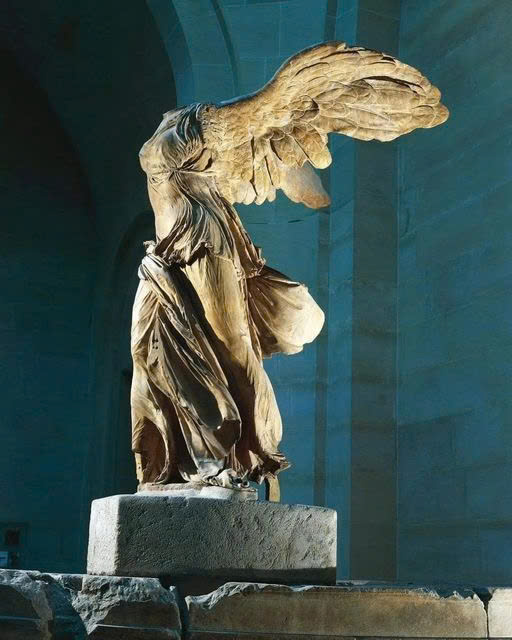
This awe-inspiring statue, known also as the Winged Victory of Samothrace, was likely crafted to celebrate a major naval victory achieved by the Ptolemaic dynasty during the 2nd century BC. Although the exact battle it commemorates remains uncertain, scholars believe the statue was created to honor the gods for a triumph at sea. It was originally placed within the Sanctuary of the Great Gods on Samothrace, a sacred space visited by pilgrims from across the Hellenistic world. Perched atop a stone base carved in the form of a ship’s prow, the statue presents a vivid and dramatic representation of victory—one that merges both artistic form and divine symbolism.
What makes the Nike of Samothrace truly exceptional is its masterful depiction of movement and emotion. Even without its head and arms, which have never been recovered, the sculpture conveys a dynamic energy rarely matched in the art of any era. The goddess Nike, embodiment of victory, is captured at the very moment of descent from the heavens, her garments billowing against the wind as her wings stretch outward in flight. The sense of motion, so expertly rendered in marble, speaks to the genius of its sculptor—an artist whose name has been lost to time but whose work remains immortal.
The statue’s physical presence is striking. Nike’s robes cling to her body, revealing the contours beneath, yet at the same time, they ripple with forceful winds, creating a vivid contrast of tension and grace. Each fold, each line carved into the marble, reflects an almost supernatural ability to breathe life into stone. The wings, meticulously detailed, suggest power and majesty, lifting the goddess into the air as if she were still in motion. Despite the statue’s physical damage over time, these missing elements only enhance its mystique, leaving the viewer to imagine the full glory of its original form.
The artistry of the Nike of Samothrace is more than aesthetic—it represents the height of Hellenistic sculpture, a period when Greek artists pursued realism, emotional depth, and dramatic storytelling through their work. The technical skill required to create such a piece was immense. The sculptor had to balance the statue’s mass atop a ship’s prow, engineer the illusion of flight, and imbue a cold block of marble with the appearance of motion and spirit. Achieving this level of mastery required not just technical expertise, but an intimate understanding of anatomy, fabric, and movement—traits that mark the very best of ancient Greek artisanship.
Today, the Nike of Samothrace stands as one of the most treasured exhibits at the Louvre Museum in Paris. Positioned prominently at the top of the Daru staircase, it greets visitors from around the world with the same awe-inspiring force it must have projected centuries ago. Millions make the journey each year to witness its majesty firsthand, drawn not only by its artistic allure but also by the timeless message it conveys—a message of resilience, triumph, and the eternal human desire to strive for greatness.
This statue is more than a relic of the past—it is a symbol of what humans can achieve when they combine skill, vision, and spirit. It has influenced generations of artists, sculptors, and thinkers, reminding us that the pursuit of excellence is not bound by time or culture. The Winged Victory of Samothrace continues to serve as a source of inspiration, representing not only a military triumph long past but also the enduring victory of creativity over the limits of material and time.
Its survival through centuries of turmoil, weathering, and neglect is a testament to the resilience of art itself. Though fractured and incomplete, it communicates with as much force as it did when first unveiled, proving that true artistry transcends physical perfection. In the absence of Nike’s head and arms, viewers are invited to fill in the gaps with their own imagination, making the experience of viewing the statue deeply personal and unique for each individual.
The Nike of Samothrace ultimately stands as a powerful reminder that art has the capacity to capture not only moments of historical significance but also the broader, universal emotions that define the human experience—hope, triumph, grace, and perseverance. It is through such works that we connect with those who came before us, and it is through them that we are reminded of our shared humanity across time.
In its commanding presence and exquisite detail, the statue offers more than beauty; it offers a glimpse into the soul of an ancient civilization and, by extension, into our own enduring aspirations. The Nike of Samothrace remains, after more than two millennia, a symbol of the heights that human creativity and ambition can reach.
